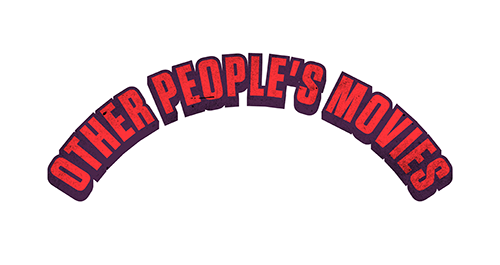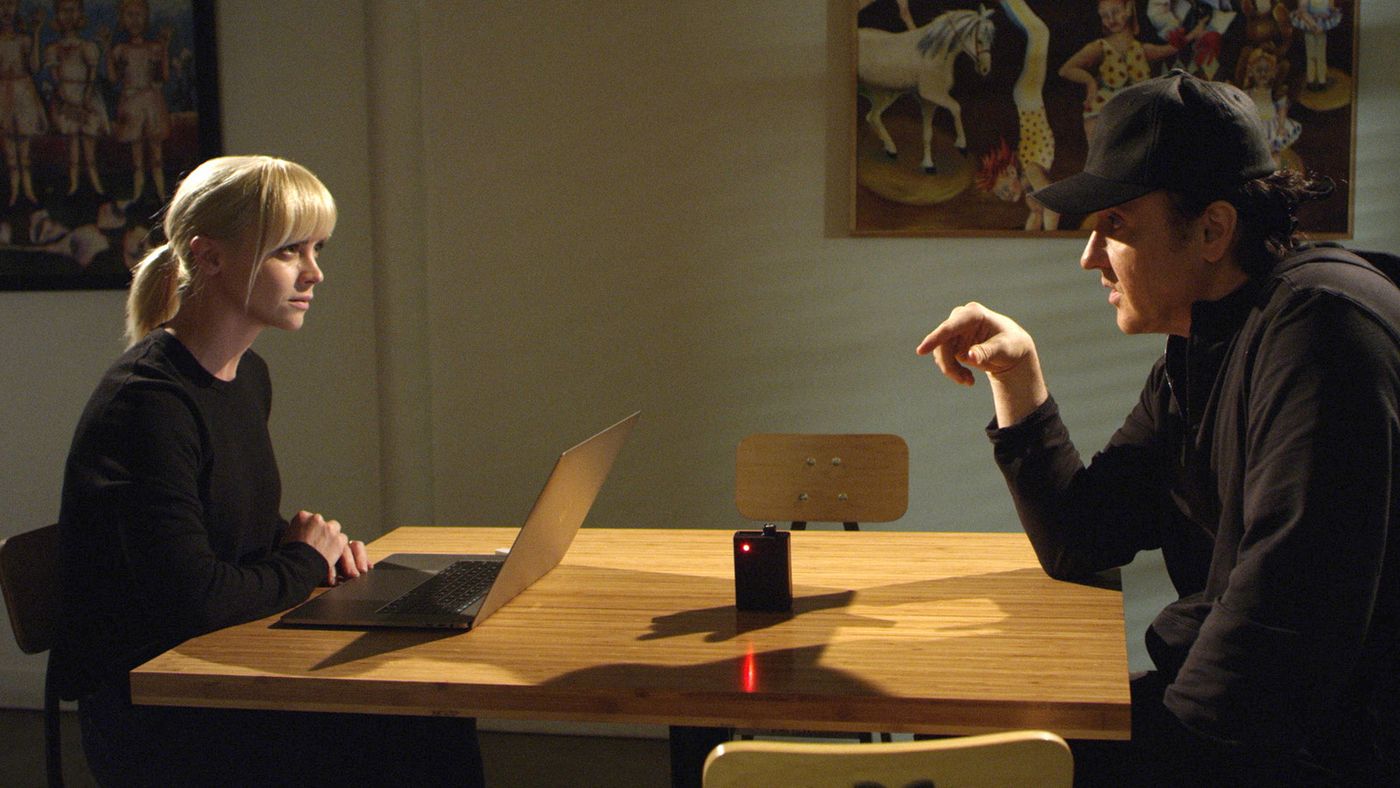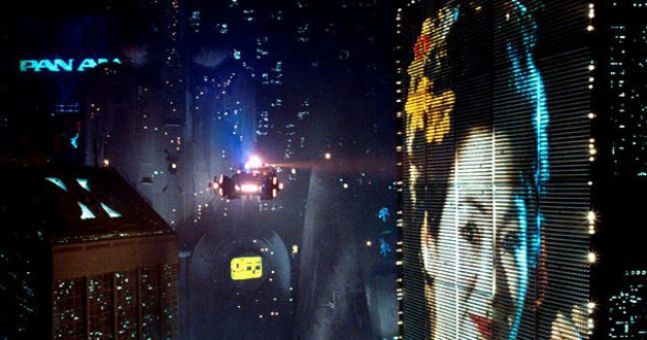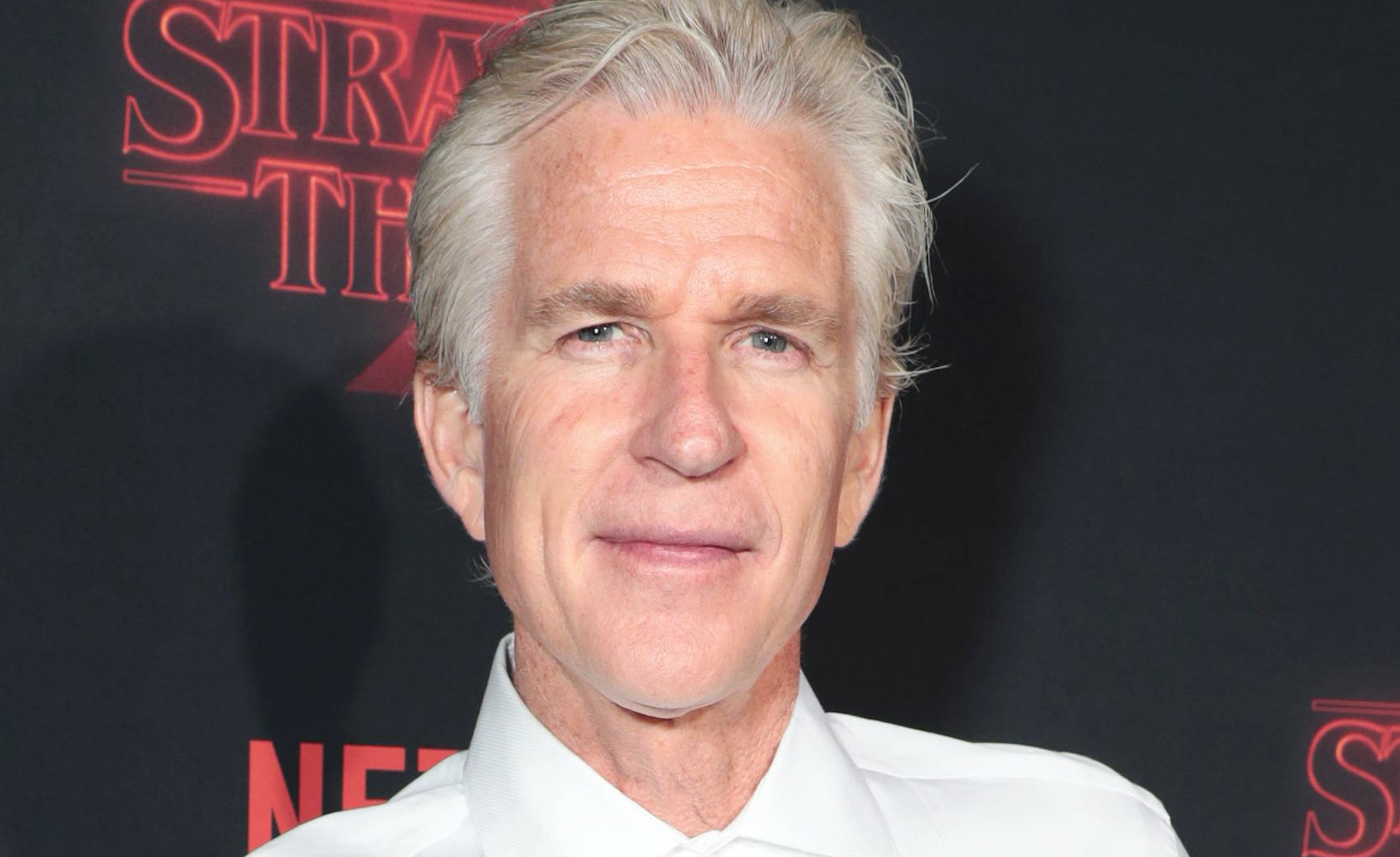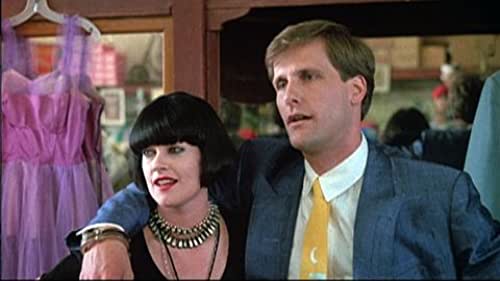
Contrary to what most studio marketing teams want us to believe, movies don’t have to subscribe to one particular genre. In fact, the ones that don’t have the potential to be the fullest cinematic experiences that most closely resemble real life. Reality, on any given day, is never any one thing. Life can be simultaneously dark and comedic. It can be horrific, then joyous. It can be exciting one moment and completely dull the next. Life assaults us with a variety of styles and genres with every passing hour. So, why are the films we watch expected to rigidly fit within the confines of one predominant mood or tone?
Audiences, generally, want to know that the world they’re visiting is safe and controlled when they see a movie. They want to know exactly how they’ll feel when it’s over, which is fair if movies are viewed as mood enhancers. By and large, people want to know what to expect from their movies because it’s a form of control they’ll never have in reality. Studios and producers are more than happy to cater to this because it makes them think that they have a better chance of reaching desired demographics and predicting how successful their film will ultimately be.
Films that don’t work within the confines of one particular genre can often be the result of sloppy filmmaking. We’ve all heard the common criticism of, “it just didn’t know what it wanted to be.” Violent murders can be depicted in screwball comedies. Teenage sex romps can abruptly morph into emotional coming-of-age dramas. Action yarns sometimes take time off from blood spatter and bullet sprays to communicate deep philosophical messages. Films that don’t cater to a single dominant genre can easily come across as inept, especially when they are created without purpose, intent, or awareness.
When a filmmaker knows what they are trying to accomplish–and when it doesn’t fit neatly into any one box–is when truly exciting, surprising, and effective results can occur. Getting an audience to laugh one minute, cry the next, and experience many other unpredictable emotions is a challenging feat. The titles that comprise this list are exciting, unpredictable, and daring films that refuse to be labeled as any one thing. The following movies are for people who want it all in the movies they watch, and who aren’t afraid of being exposed to something bold, new, and unknown.

30. In Bruges (2008)
Writer/director Martin McDonagh’s crime comedy/drama has deservedly reached classic status in certain circles. The sophisticated film contains many moods and tones, oftentimes shifting from extraordinarily dark subject matter to quirkily clever situations and dialogue exchanges. In Bruges is a comedy, a drama, a witty and violent crime story, and an extraordinarily deep meditation on guilt and redemption.

29. The War of the Roses (1989)
Director/co-star Danny DeVito’s darkly comedic tale about an extremely bitter divorce always manages to keep its audience off-guard. The predominant tone of the film is comical, but that doesn’t keep it from exploring some of the painful and bittersweet emotions that a broken relationship begets. The War of the Roses is a rare and challenging comedy with some serious and thoughtful dramatic power.
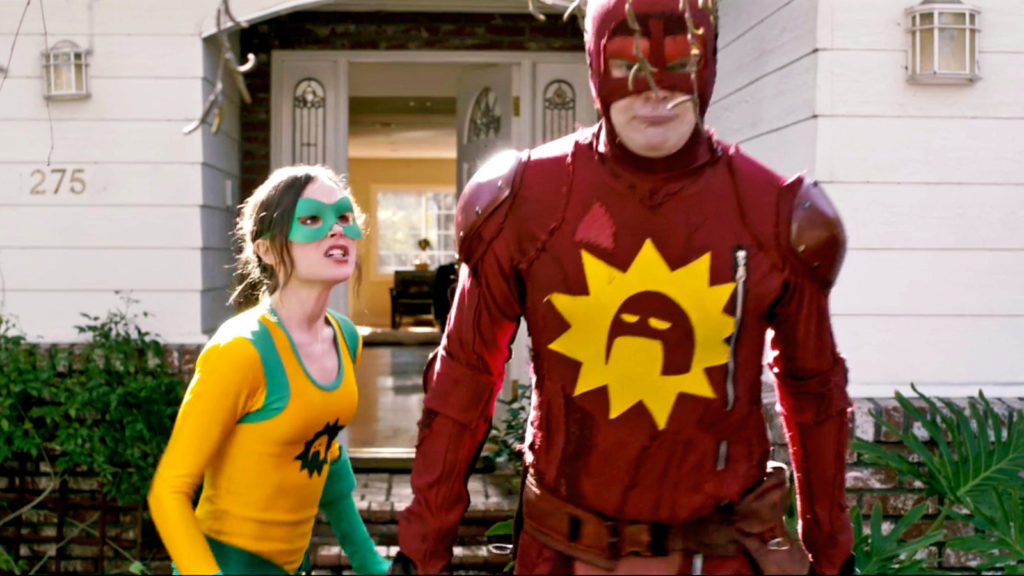
28. Super (2010)
Writer/director James Gunn’s tale about an everyman (a perfectly cast Rainn Wilson) who makes the decision to become a crime-fighting superhero sneaks up on its viewer. The film starts off with an overall silly and darkly humorous tone, but it progresses into something far more real, tragic, and violent. Super is a surprisingly rewarding film that exhibits some challenging, extreme, and impressively successful tonal shifts.
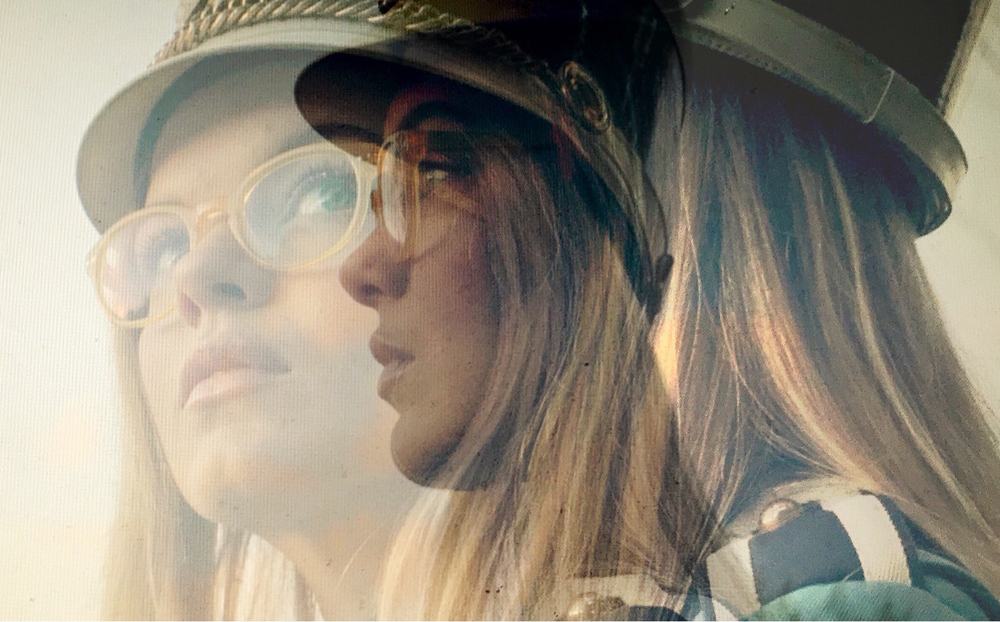
27. Knives and Skin (2019)
Writer/director Jennifer Reeder’s surreal coming-of-age film centers on a missing girl (Raven Whitley) and its effect on her small Midwestern town. It combines many different genres—drama, horror, mystery, musical—to create its own individual and intoxicating style. Knives and Skin may sometimes pay homage to other filmmakers (Lynch, Argento, Refn, PTA) but its overall effect is truly unlike anything else.

26. The Neon Demon (2016)
Though it’s predominantly a horror film, it’s nearly impossible to categorize this Nicolas Winding Refn effort. Its cinematography by Natasha Braier resembles a slick fashion shoot, its humor is darkly clever, its violence is graphic and disturbing, and its eventual destination is as mysterious as it is intentionally absurd. The Neon Demon works like a dream that amusingly bounces amongst many different genres.
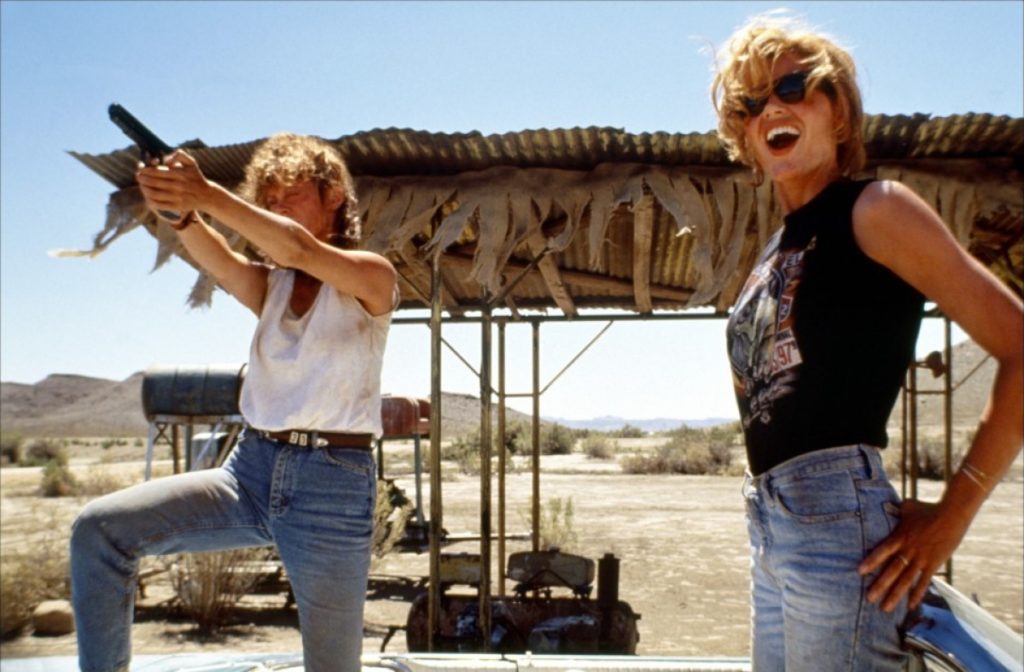
25. Thelma & Louise (1991)
Director Ridley Scott and screenwriter Callie Khouri’s feminist road movie ambitiously tries to inspire many different feelings in its viewers. It starts off as a harmless romp about two women (Geena Davis and Susan Sarandon) who go on a vacation together. The film then switches gears to seriously examine the consequences of sexual violence and misogyny, then switches back to a road movie filled with comically satisfying female revenge fantasies. It eventually ends with tragically moving and deeply resonant emotions. Thelma & Louis attempts a plethora of sophisticated tonal and genre shifts, and it effortlessly succeeds with every one of them.
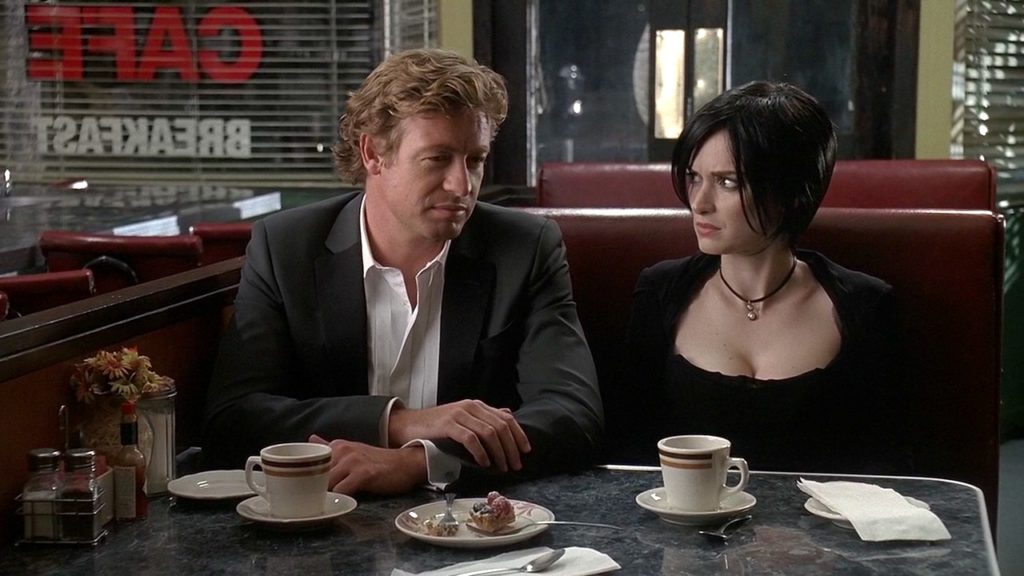
24. Sex and Death 101 (2007)
Heathers screenwriter Daniel Waters is no stranger to playing with genre or exhibiting extreme tonal shifts in his work. Sex and Death 101, Waters’ second writing/directing effort after the underrated Happy Campers, is as daring as any of the other films on this list. Centering on a man (Simon Baker) who receives a mysterious list detailing all the women he has had and will have sex with, the film teeters between extraordinarily silly (sometimes verging on juvenile) humor and deeply sincere and aware observations on such pertinent topics as monogamy, mortality, feminism, and misogyny.
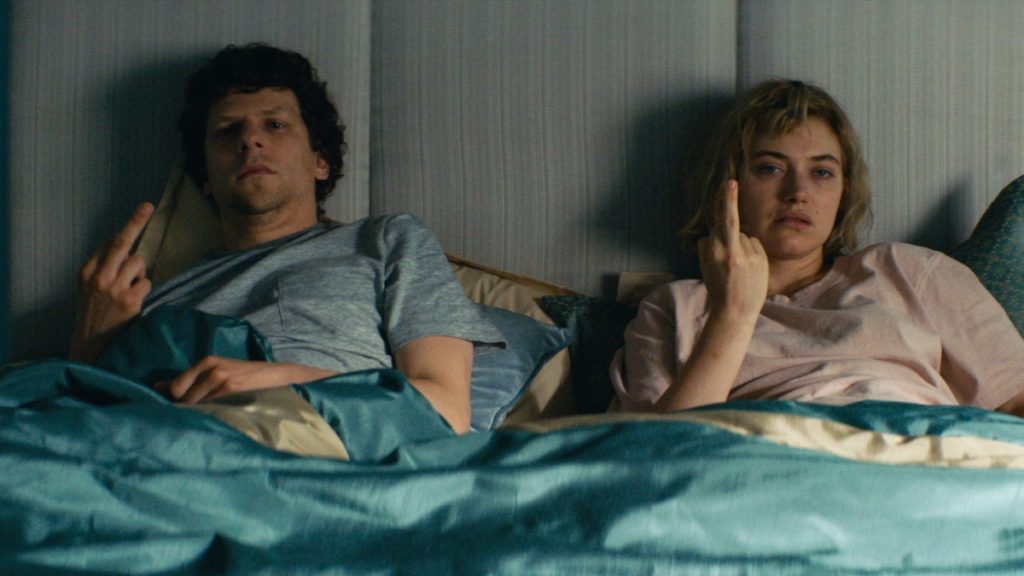
23. Vivarium (2020)
A young couple (Jesse Eisenberg and Imogen Poots) becomes inexplicably trapped in a suburban neighborhood while searching for their perfect home. This darkly comedic, strangely surreal, and, at times, downright terrifying film is nearly impossible to categorize. Vivarium is a film about the monotonous and absurd horrors of middle-class life. It is presented with mystery and conflicting tones to communicate its characters’ perplexing predicament.

22. Batman Returns (1992)
Director Tim Burton and screenwriter Daniel Waters created what is, perhaps, the strangest, most tonally daring, and most artistically ambitious superhero film ever made with this title. The film unabashedly explores the kinky nature of people who dress up in outfits and play superhero while also shedding light on such serious topics as abandonment, disfigurement, feminism, and childhood trauma. Batman Returns goes to extremes of both silliness and operatic drama, resulting in one of the most courageously unique films of its kind.

21. From Dusk Till Dawn (1996)
There isn’t a more glaring example of a film that combines genres and shifts tones than this particular title. Written by Quentin Tarantino (who also co-stars) and directed by Robert Rodriguez, the film starts off as a gritty crime thriller, then jarringly (and joyously) morphs into a horrific blood spatter fest filled with unruly vampires. From Dusk Till Dawn essentially gives its audience two movies in one, and they’re both highly entertaining and dementedly worthwhile.
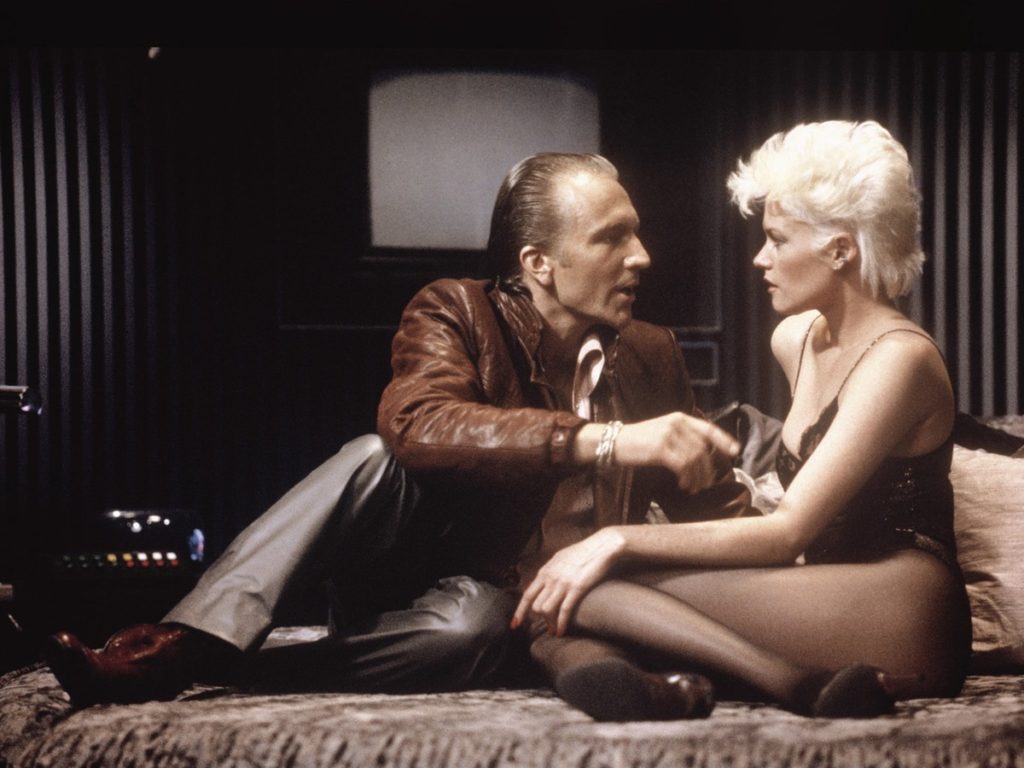
20. Body Double (1984)
Brian De Palma is a director who has always had fun with genre. His Hitchcockian thrillers (this title, Dressed to Kill, and Blow Out chief amongst them) have always contained touches of surrealism and dark humor that don’t allow them to fit neatly into any one box. Body Double is the most extreme example of this, as it is filled with graphic violence, overt sexuality, odd dream logic, and consistently self-aware, tongue-in-cheek humor. The film, like most of De Palma’s best efforts, is impossible to label as any one thing.
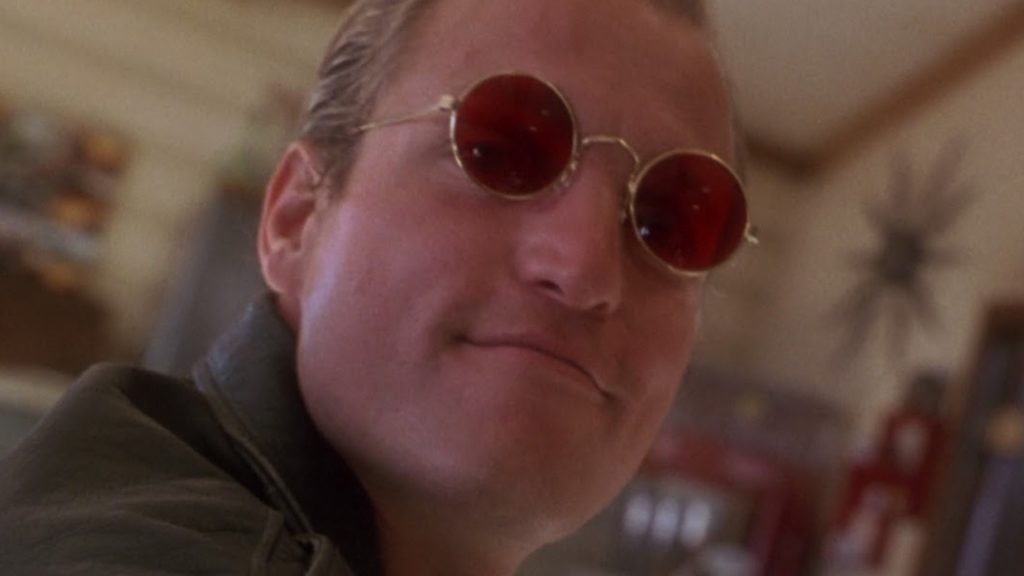
19. Natural Born Killers (1994)
Oliver Stone’s bombastic, sensationalized, and ultra-violent media satire is a pure kaleidoscope of differing emotions and genres. On one hand, it’s a thrilling adventure centering on two mass-murdering antiheroes (Woody Harrelson and Juliette Lewis) as they make their way across the country. On the other, it’s a sharp piece of social commentary that uses the thrill of its violence to make the ultimate point of condemning it. Natural Born Killers is a daring and complex film that succeeds with its various intentions.
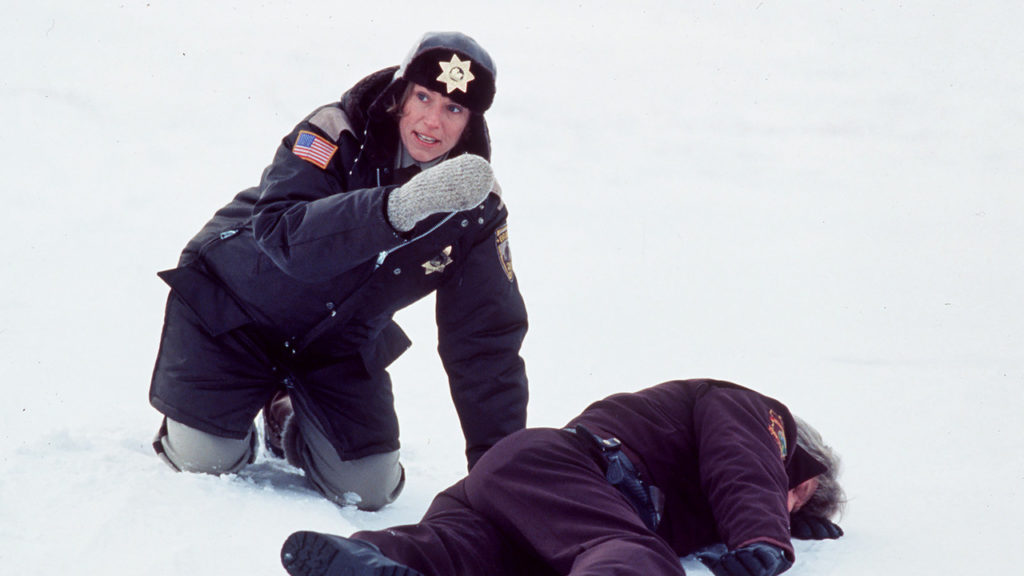
18. Fargo (1996)
There are many different tones and genres contained within this one Coen Brothers film. Centering on a small-town policewoman’s (Frances McDormand) investigation into a brutal crime, the film is filled with quirky humor, shockingly graphic violence, and deeply meaningful meditations on life. Fargo ambitiously attempts to be many different things, and it impressively succeeds at every single one of them.

17. Fight Club (1999)
David Fincher’s shockingly hilarious film is impossible to categorize. It’s an intriguing and twisty thriller, an insightful character study, an astute social satire about the emasculation of the then-modern-day man, and a shockingly twisted dark comedy that provides several large laugh-out-loud moments. Fight Club, like many of the movies on this list, follows its own formula and makes its own rules.
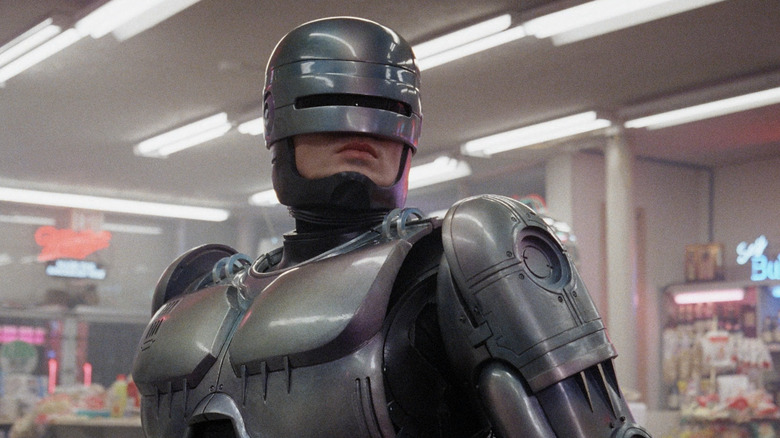
15-16. Robocop (1987)/ Starship Troopers (1997)
These two titles from director Paul Verhoeven are both, on the surface, easily categorized as sci-fi/action movies. On closer inspection, however, each film is far more complex and sophisticated than its b-movie shell suggests. Both films, in their own individual ways, are sharply astute satirical comedies on top of being entertaining popcorn flicks.
Robocop tackles corporate greed and the potential dangers and inhumanity associated with advancing technology. Starship Troopers uses extreme and graphic violence and sly humor to shed light upon blind nationalism, machismo, and war glorification. Both titles, while perfectly thrilling and entertaining, are incredibly intelligent films that use their intentional excesses to prove a much larger point.
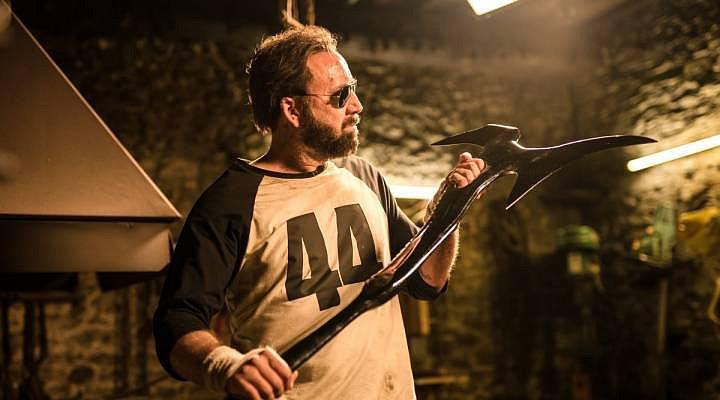
14. Mandy (2018)
This is an example of a film that is so berserk and individualistic in its execution that it doesn’t belong anywhere else besides its own category. Starring Nicolas Cage as a lumberjack who seeks vengeance on the acid-worshipping cult who murdered his girlfriend (Andrea Riseborough), the film is a psychedelic horror show that also contains hefty elements of romance, drama, and action. Mandy is the kind of movie you just have to see for yourself to fully understand its unique, one-of-a-kind boldness.
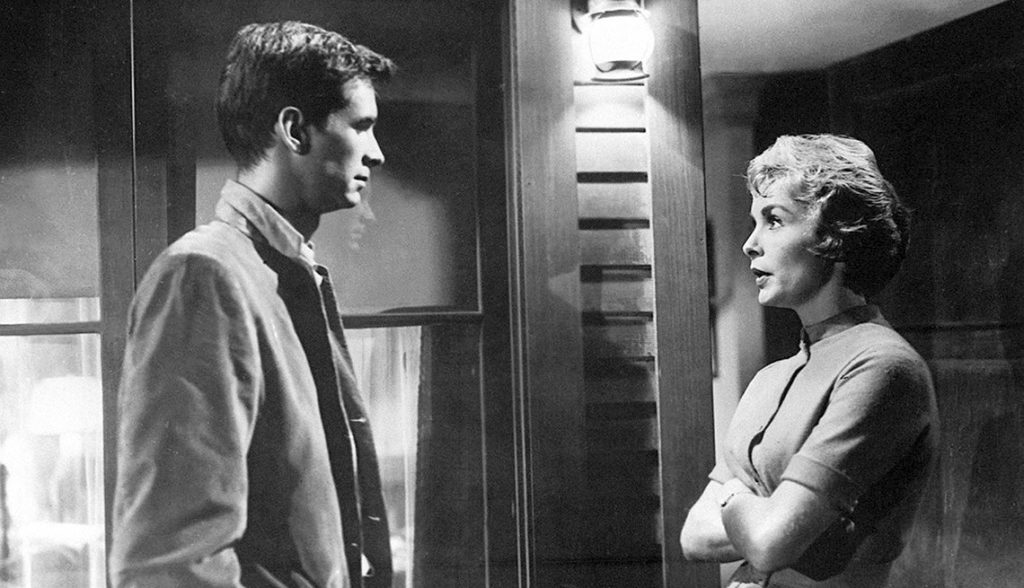
13. Psycho (1960)
Alfred Hitchcock’s classic contains one of the earliest, most effective, and most surprisingly extreme tonal shifts ever to be found in a mainstream movie. The film’s first act starts off as a typical dramatic thriller, following a woman (Janet Leigh) who decides to steal from her place of work and run off with the money. It then heavily shifts gears with a certain shower scene that turns its remainder into a full-blown horror film. Psycho is the result of a master filmmaker playing with genre expectations and using them to create some of the most noteworthy moments of shock ever put on film.
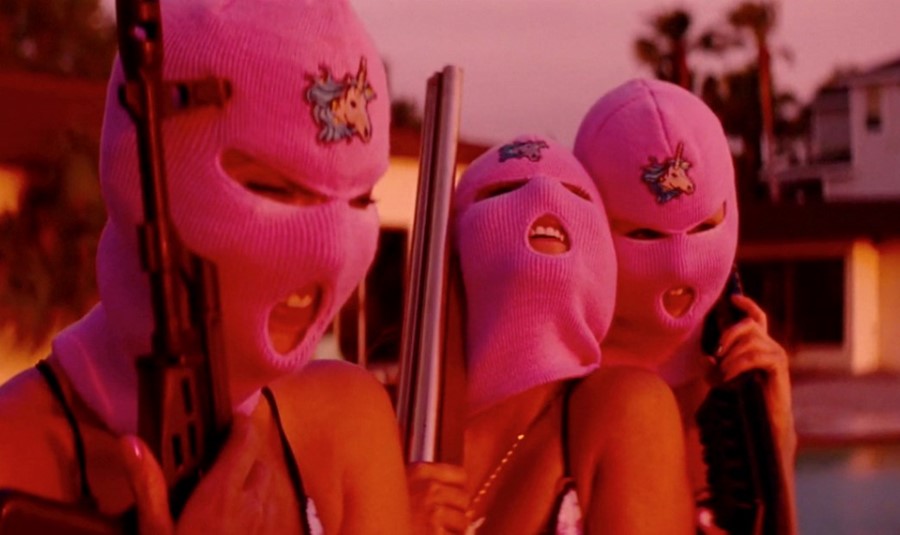
12. Spring Breakers (2013)
Writer/director Harmony Korine’s underrated masterwork is a fascinating mixture of different tones and moods. It centers on a group of college girls (Vanessa Hudgens, Selena Gomez, Ashley Benson, and Rachel Korine) who rob a diner so they can afford to go on spring break in Florida. The film’s use of nonlinear editing and colorful handheld cinematography creates moments that are sometimes explosively raw and, other times, ethereally beautiful. Spring Breakers is a one-of-a-kind film about trash culture that is executed with the grace and artistry of a Terrence Malick film.

11. Butch Cassidy and the Sundance Kid (1969)
Today, action/comedies are amongst the most common genre medleys that movie audiences can find. This wasn’t always the case, however, as the combination was once fresh, unique, and exciting. One of the first mainstream films to combine the two genres, Butch Cassidy and the Sundance Kid, also happened to be a Western. At the time of its release, the triple-genre accomplishment of the film gave audiences an entertaining mixture of thrills, laughter, and history they had never quite before experienced. Though it’s hard to fully appreciate and understand today, Butch Cassidy and the Sundance Kid was far ahead of its time and broke new ground at the time of its release.

10. A Clockwork Orange (1971)
Stanley Kubrick’s classic adaptation of Anthony Burgess’ novel defies categorization in just about every way. It’s a dark comedy, a sharp social satire, an intoxicating crime thriller, and a deeply meditative piece of science fiction. In short, A Clockwork Orange has the intentions and tones of several different films, and it breathtakingly succeeds at every single one of them. It is an undisputed classic that entirely belongs in a league of its own.

9. The Night of the Hunter (1955)
Actor Charles Laughton’s only official directorial effort is a beautifully executed film that refuses to be confined within any one genre. It is primarily a thriller that centers on a dangerous conman posing as a preacher (Robert Mitchum, in a career-best performance) who hunts two young children (Billy Chapin and Sally Jane Bruce) that are hiding a substantial amount of stolen money. The Night of the Hunter is a tautly suspenseful film that happens to be seen through the eyes of a child, thus producing far stranger, quirkier, and sillier moments than most conventional thrillers are known to contain. The genre-bending results are as refreshingly innocent as they are horrifically disturbing.
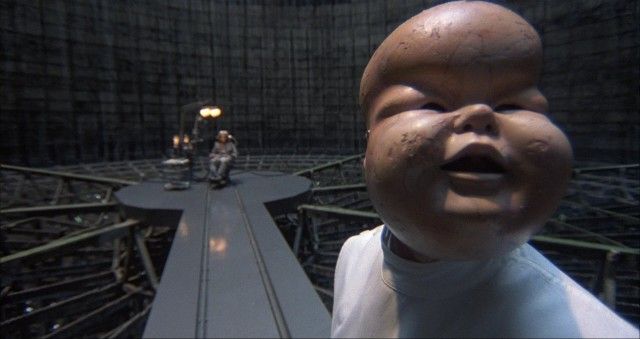
7-8. Brazil (1985)/ The Fisher King (1991)
Like many of our most celebrated auteurs, the films of Terry Gilliam have always belonged in their own individual genre. They often contain elements of fantasy and/or science fiction, but they’re always too unique in their executions and techniques to be labeled as any one thing. Terry Gilliam films, by and large, are simply too set in their own ways for them to be justifiably compared to just about any other movie.
Part social satire, part madcap comedy, part science fiction, and part surrealistic nightmare, Brazil is Gilliam’s ultimate masterwork. It is the most Gilliamesque film amongst a career of Gilliamesque films, as it remains the filmmaker’s grandest, most inventive, and most challenging work to date. The Fisher King is predominantly a romantic comedy, though it is one filled with such conflicting elements as whimsical fantasy, silly humor, and painfully serious drama. The Fisher King may be one of Gilliam’s most commercial films, but it’s also one of his most tonally courageous.
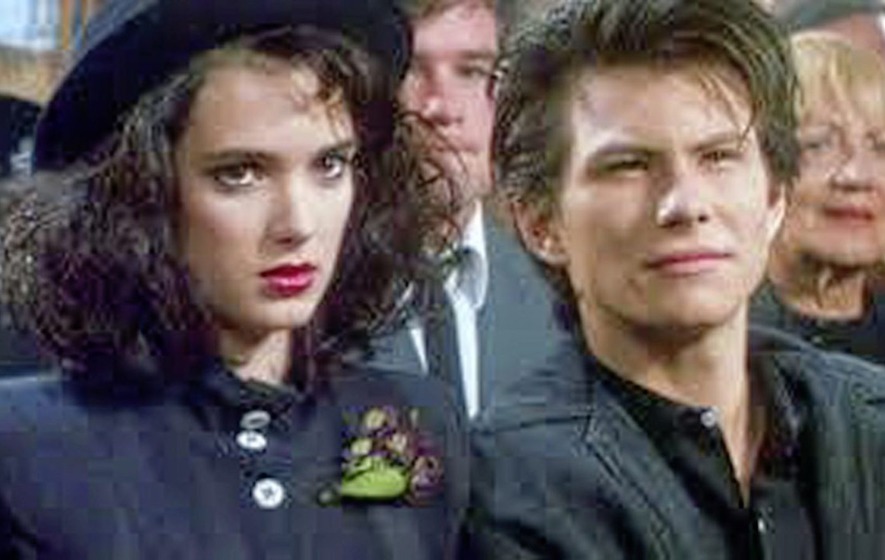
6. Heathers (1989)
This is the ultimate eighties teen comedy because it completely subverts the genre to offer its own bitterly unique take on teenage life. Heathers is darkly hilarious and bitingly mean-spirited in its design, but it also aspires for grander heights by shedding light on the sociology and psychology behind the high school experience. Writer Daniel Waters and director Michael Lehmann utilize a variety of tones and feelings that ultimately represent the whimsy, romance, hilarity, confusion, cruelty, loneliness, and desperation associated with being a teenager.

5. Sunset Boulevard (1950)
Billy Wilder’s classic masterwork offers a plethora of tones and styles within one movie. Centering on a struggling screenwriter’s (William Holden) twisted relationship with an aging movie star (Gloria Swanson), the film uses subtle surrealism and darkly absurd comedy to present a view of Hollywood in the 50s that is unlike anything else. Though it warrants surface comparisons to other thrillers and film noirs of its time, there is something wholly one-of-a-kind about Sunset Boulevard and its many fascinating, multi-intentioned layers.

2-4. Eraserhead (1977)/ Blue Velvet (1986)/ Wild At Heart (1990)
The films of David Lynch contain elements that are so specifically unique to his work that they couldn’t possibly belong to any other filmmaker. Lynch’s films are nearly impossible to describe in any other way than with the Oxford-approved adjective of “Lynchian”. Lynch’s films can be horrifying nightmares or beautifully surreal dreamscapes. They are filled with absurd humor, passionate emotions, repulsive imagery, and wholly sincere, beautifully ethereal moments. David Lynch films combine countless contradictory elements to create a whole that is truly unlike anything else.
Eraserhead is Lynch’s feature debut, and it can best be described as an absurdly nightmarish film about the responsibilities associated with fatherhood. Blue Velvet is a surreal mystery that exposes the dark side of small-town America through dream logic, brutal violence, deep romantic emotions, and shockingly odd humor. Wild at Heart is, perhaps, Lynch’s wildest feature, as it is an endlessly entertaining road movie that combines adventure, action, pop culture references, passionate romance, quirky humor, and character-driven drama. All three of these films represent Lynch at his best and his most genre-defying.

1. Something Wild (1986)
There isn’t a more significant or effective tonal shift that defies genre than the one found in this particular title. One of the late, great Jonathan Demme’s many directorial masterworks, Something Wild starts off as a comedic romp about an uptight yuppie (Jeff Daniels) who takes a road trip with an enchanting and carefree stranger (Melanie Griffin). The film evolves into something much more dangerous, violent, and thrilling, however, the second that the late, great Ray Liotta makes an appearance in a major supporting role that happens to be the best work of his illustrious career. The film could have been a complete tonal mess in any other filmmaker’s hands, but Demme’s extreme talent helps make Something Wild one of the most unpredictable and effective films ever made that dares to break the boundaries of genre.
